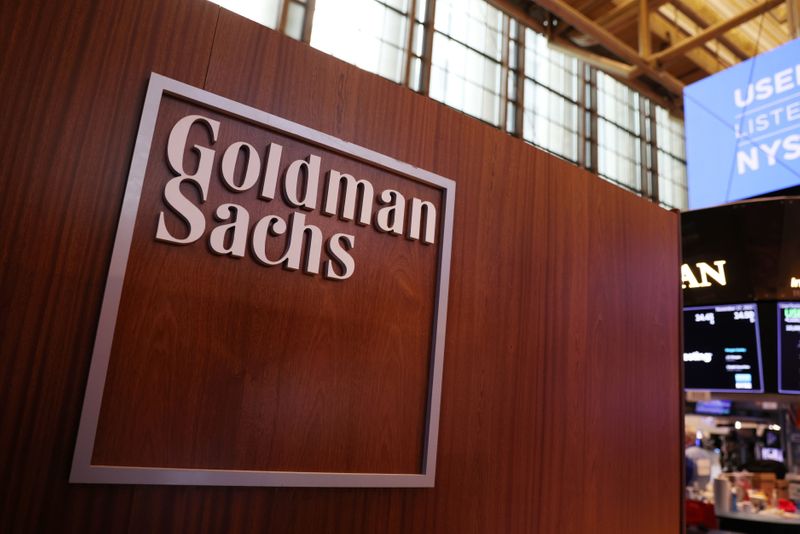In a recent note, economists at Goldman Sachs delved into the potential impact of US immigration policies before and after the upcoming election, examining scenarios under both a continued Biden administration and a potential second Trump administration.
Net immigration to the US rose to about 2.5 million last year, significantly boosting the labor force and GDP growth while easing wage pressures. For 2024, Goldman Sachs estimates that net immigration will total about 2 million, which is double the pre-pandemic trend rate.
However, the prospects depend on several policy decisions before and after the elections. President Biden’s recent changes, announced on June 4, aim to restrict a channel that could potentially accommodate 700,000 immigrants annually at current unauthorized migration rates.
“However, we believe the ultimate effect would be a fraction of this, as most affected immigrants would likely seek other means of entry,” Goldman economists wrote. “Legal challenges to the new rules could even block implementation altogether.”
Should President Biden secure a second term, the administration is expected to continue current immigration policies with minimal changes. The new asylum restrictions, while intended to reduce net illegal immigration, face legal and logistical challenges “but could reduce net illegal immigration and limit the potential for upward immigration surprises this year,” Goldman noted.
The policy would set a daily limit of 2,500 unauthorized migrants encountered outside official ports of entry, with the excess sent back across the border. Given the daily rate reported in May at 3,500, this limit is likely to be met immediately, meaning US authorities would “expel arrested migrants back across the border, rather than releasing many of them into the US pending a lawsuit.”
Goldman Sachs notes that several groups are excluded from this policy, such as unaccompanied children, victims of serious human trafficking, and other vulnerable migrants. Additionally, the policy does not apply to asylum seekers at official ports of entry, where many affected by the new policy are likely to refocus their efforts.
In contrast, a second Trump administration would likely pursue more aggressive immigration restrictions. The range of outcomes in this scenario is wide because of the potential for substantial policy changes and legal battles.
Goldman Sachs outlines two primary scenarios for net immigration under Trump:
1) High end scenarioIf courts block major changes to asylum policy and limit the impact of deportations, net immigration could fall to around 1.5 million by 2025. This figure is still roughly double the average for the 2017-2019 period, reported by the Congressional Budget Office (CBO).
2) Low-end scenarioIf the Trump administration successfully implements substantial cuts to asylum applications and humanitarian paroles, and implements an expanded deportation program, net immigration could fall below the 2017-2019 average of 700,000 per year and possibly temporarily approach zero.
“That said, it seems unlikely that net immigration would be negative on an annual basis even under that scenario,” economists argued.
The Trump administration’s proposed deportations face the greatest uncertainty, with potential removals ranging from 300,000 to 2.1 million by 2025, Goldman said.


